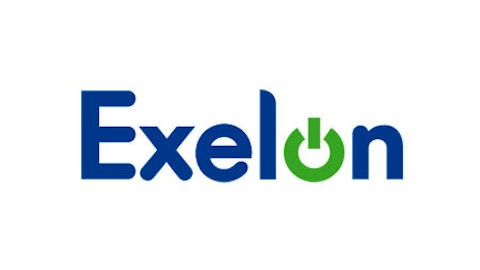We think these returns are very reasonable and suggest a generally favorable set of regulatory bodies in Duke’s core operating states.
In addition to the industry’s promotion of stability, Duke’s business has undergone a rather significant transformation over the last five years to improve the reliability of its earnings and cash flows.
Duke Energy’s biggest move was its acquisition of Progress Energy in mid-2012 for over $13 billion, significantly enhancing the company’s scale and market share in regions such as the Carolinas. Duke Energy has realized over $500 million in cost synergies from the deal and become a more efficient energy provider.
The company next entered the regulated pipeline business in 2014 to help its efforts to replace coal power plants with cleaner and cheaper natural gas generation facilities. In October 2015, Duke Energy announced a deal to acquire Piedmont Natural Gas for $4.9 billion to boost its push into gas.
Piedmont is a regulated gas distribution company that delivers natural gas to customers in the Carolinas and Tennessee. The company owns valuable gas infrastructure that currently supports Duke’s gas-fired generation in the Carolinas and will be further expanded to help with Duke’s ongoing conversion from coal to gas.
Regulated gas companies also offer strong and predictable returns on capital (Piedmont’s return on equity is about 10%) and should continue to benefit as a result of the natural gas surplus in the U.S.
Compared to electricity sales, which seem likely to slow as energy usage becomes increasingly efficient, gas has a stronger growth profile (Piedmont has investment pipeline growth of 9%). This is because new pipelines coming on-line will allow gas to replace dirtier power sources such as coal in regions where gas was previously inaccessible.
Piedmont will about triple Duke’s number of natural gas customers to approximately 1.5 million and help establish a platform for future growth in gas infrastructure projects. After the deal closes, Duke Energy expects roughly 90% of its assets to earn regulated returns, which should provide very reliable earnings.
Duke Energy has also gotten rid of non-strategic assets to lower its risk profile and improve the quality of its earnings. Management sold the company’s merchant Midwest commercial generation business to Dynergy for $2.9 billion in early 2015 and placed its struggling Latin American generation business up for sale in February 2016. Each of these businesses had less predictable earnings and greater macro risk.
Duke Energy Corp (NYSE:DUK) believes its current business mix is now 100% focused on its core operations, whereas 25% of the company’s 2011 net income was derived from non-core businesses. Management now expects to spend $8 billion on new generation investments, $10 billion on gas & electric infrastructure, and $2 billion on commercial & regulated renewables to drive 4-6% annualized earnings growth over the next five years.
Overall, we believe Duke Energy has a strong moat. The company has excellent scale as the largest electric utility in the country and operates primarily in regions with generally favorable demographic trends and regulatory frameworks.
Management has simplified Duke’s mix to focus on core regulated businesses that provide reliable earnings and new growth opportunities in natural gas and renewable generation resources. While the utility sector is gradually evolving, we believe Duke Energy is here to stay for a long time to come.
Duke Energy’s Key Risks
Uncontrollable macro factors such as mild temperatures and industrial activity can impact Duke Energy’s near-term financial results. However, we believe these are transitory issues that have little bearing on the company’s long-term earnings potential.
The bigger risks worth monitoring are changes in state regulations, population growth trends in key states, increased environmental regulations, and execution of the company’s business strategy (e.g. large projects and acquisitions).
The rates Duke Energy can charge its customers are decided at the state level. Similar to what we observed when we analyzed Southern Company, another regulated utility, most of the regions Duke Energy operates in have generally favorable regulatory environments and are characterized by positive population and economic growth.
However, the company is banking on these conditions remaining stable as it continues investing for growth and depending on states to approve rate increases to earn a fair return on its capital-intensive investments.
The Environmental Protection Agency (EPA) also creates risk for utility companies in the form of enhanced safety and emissions standards. Duke is still dealing with its notorious coal ash spill that took place in North Carolina in 2014, and the company is gradually shifting its mix of power away from coal in favor of cleaner sources such as natural gas.
Finally, over the very long term, electric utility companies will need to deal with the reality that demand is gradually decaying thanks to increasing energy efficiency and distributed generation (e.g. rooftop solar).
Duke has earmarked about $2 billion for growth investments on commercial and regulated renewables over the next five years, but it’s still a relatively small proportion of the overall business. The company’s acquisition of Piedmont should also help the company with growth initiatives outside of regulated electric utility services.




